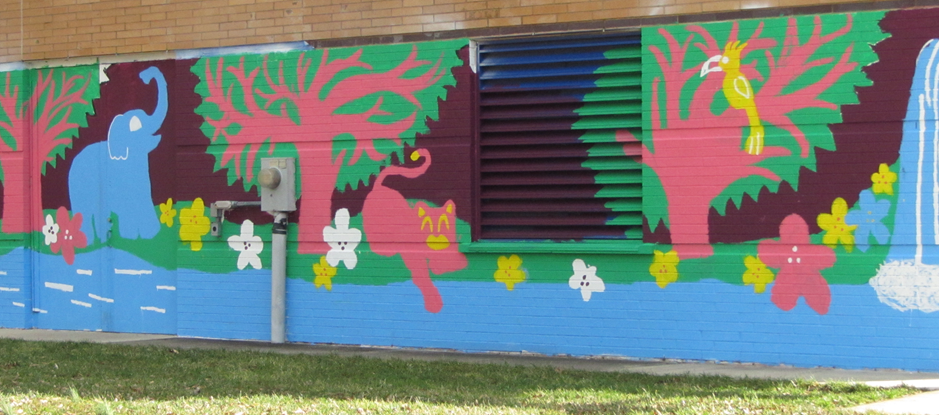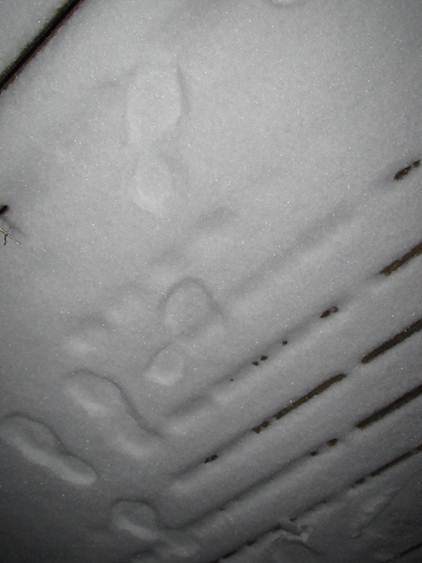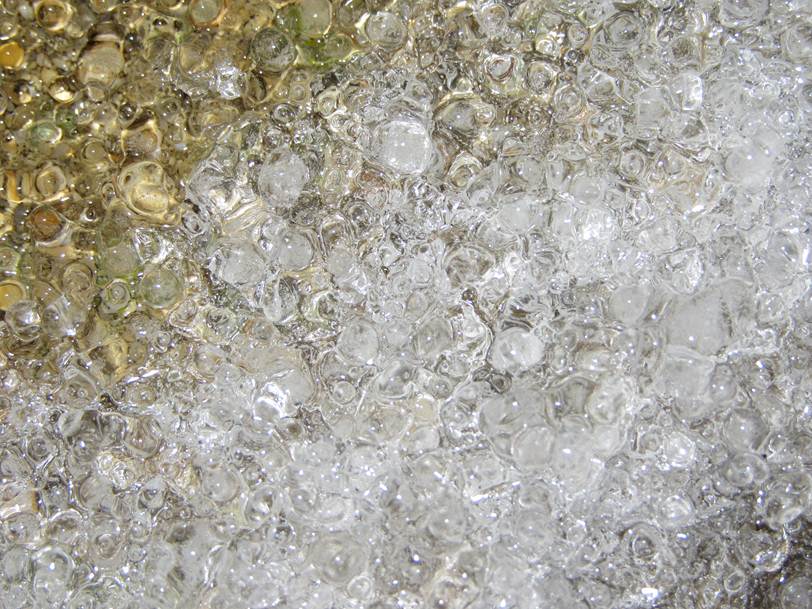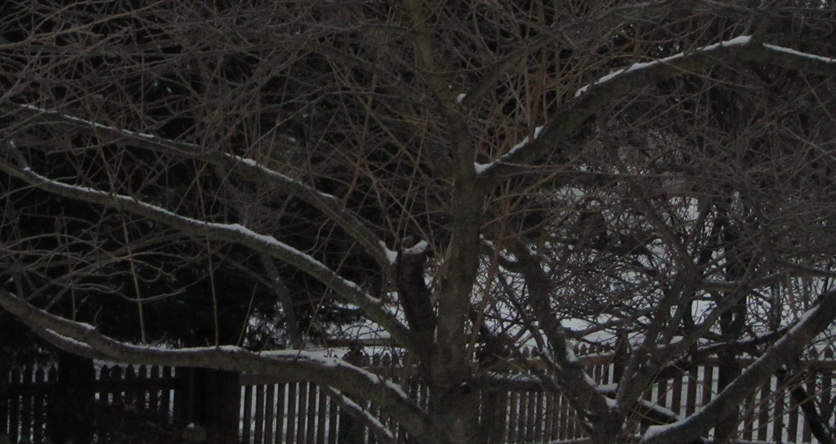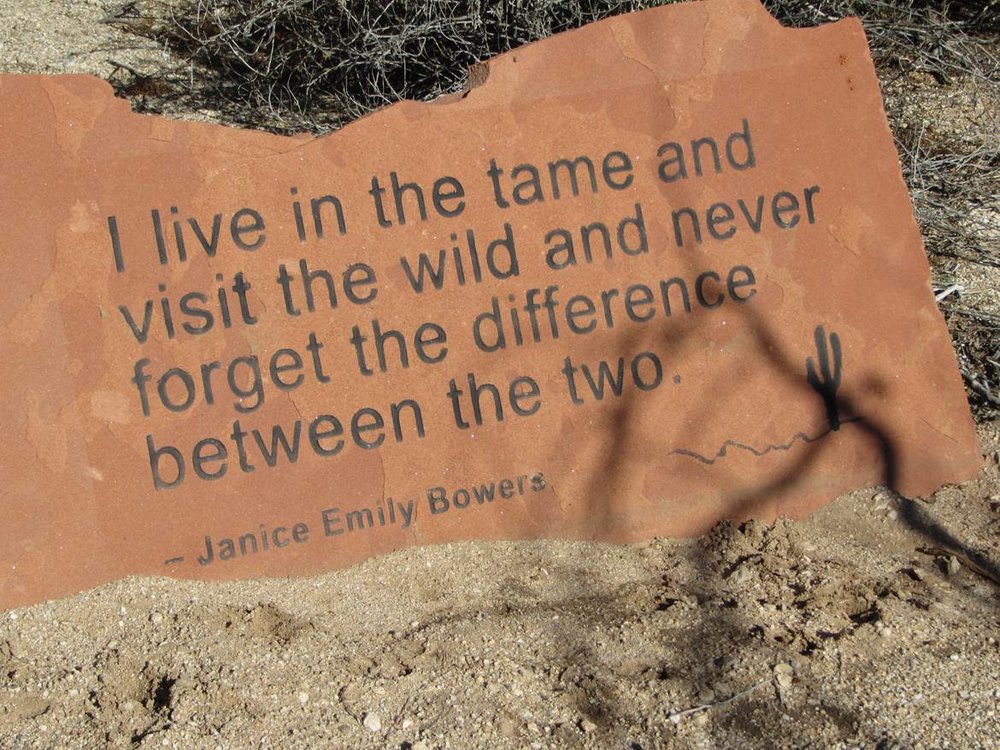Quote of the Day - 2/8/2012
/Over the course of the next few years the house changed into a ruin. No one tended the garden, either to water it or to weed it, until it was swallowed up into oblivion, birds, and wild grasses. The blind statues and the singing fountains filled with dry leaves, bird droppings and moss. - Isabel Allende in The House of the Spirits: A Novel
~~~~~
In the early years of my daughter’s life there was a house we noticed on the way to her favorite park. It was a two story white farm house that seemed misplaced near a heavily traveled road. There as a large oak tree shading it, tended flower beds and a neatly mowed lawn with a grassy field behind. Over the course of the next few years, it became abandoned…was boarded up to keep vandals out…and decayed enough that it was finally torn down - well before my daughter went off to college. The big tree that shaded it was cut down and the grassy field became a staging area for highway construction.
It wasn’t as grand as the house and garden with ‘blind statues and the singing fountains’ but it had the same sort of feel about it. I often find myself wondering about the story behind that house. Was it as simple as the state claiming the property well in advance of the highway construction or a more complex story about the decline and death of an older person that has started out as a farmer, living in the house for years and years on the proceeds of selling parcels for the housing developments that had grown up around it?
It often seems to me that there is a story in every abandoned house. Allende told us about one of them in her book.













